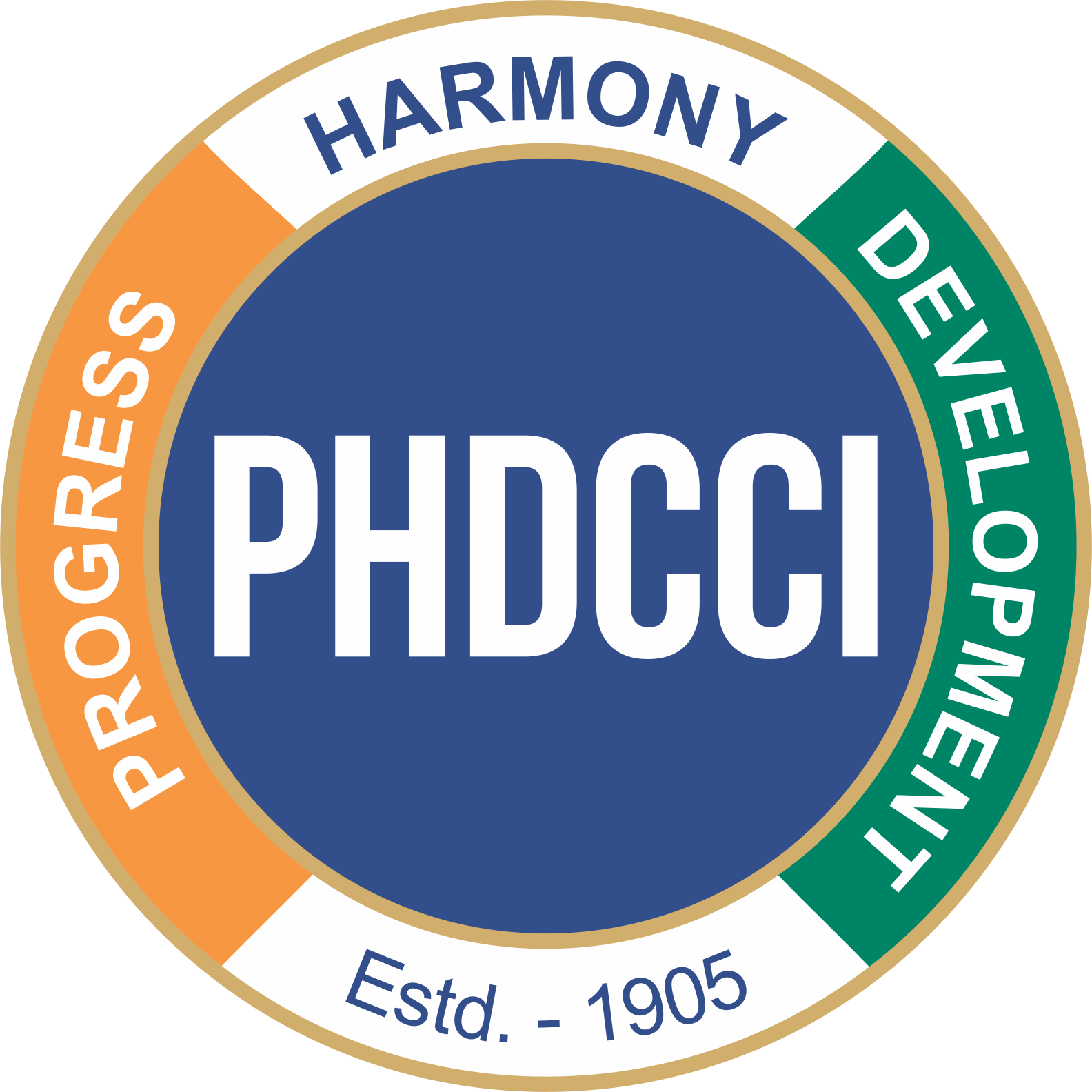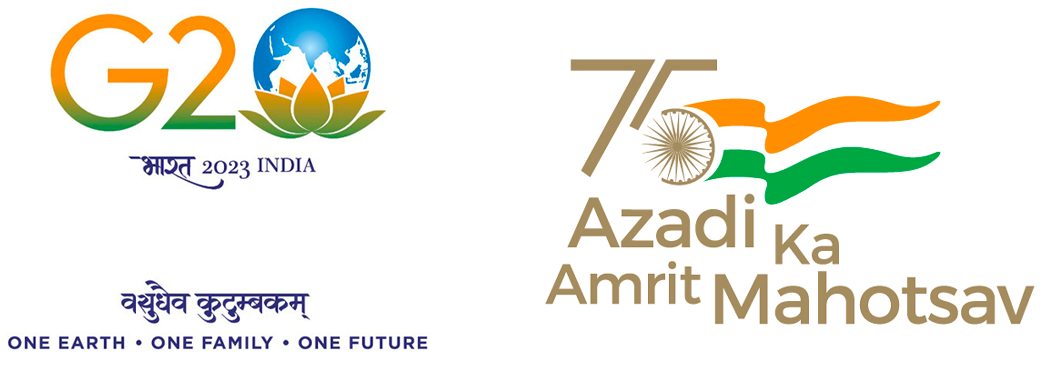No. PR- 166
December 19, 2020
New Delhi
PHDCCI suggests a 10 pronged strategy to Hon’ble Finance Minister to attain a higher growth trajectory in FY 2021-22
Enhanced consumption expenditure will ramp up Capex, attract private investments and create employment for youth says the industry body
Refuelling of consumption demand must be the theme of the Union Budget FY 2021-22 to have a multiplier effect on production possibilities, capex expansion, private investments and employment creation, says the industry body PHDCCI in its 10 pronged strategy suggested to Hon’ble Finance Minister, Mrs. Nirmala Sitharan today during the Pre-Budget consultations.
PHDCCI has suggested a 10 pronged strategy to be considered by the Hon’ble Finance Minister, Smt. Nirmala Sitharaman in the Budget 2021-22 which includes (1) refueling consumption and demand, (2) encouraging the private investments, (3) front loading of infrastructure investments, (4) establishing DFIs to fund industrial and infrastructural investments, (5) strengthening MSMEs, (6) reducing the costs of doing business, (7) ease of doing exports, (8) increasing Tax to GDP ratio, (9) agriculture & rural sector must be at the forefront and (10) effective reforms in social infrastructure.
Economy has exhibited early signs of recovery in the recent months, however, to sustain the momentum, there is a need to ensure a great support to demand creation in the economy with lower interest rates for consumers and businesses, lesser compliances for MSMEs vis-à-vis ease of doing business at the ground level and a lower tax regime to increase the personal disposable income of the people, said Sh. Sanjay Aggarwal in a press statement released here today
To rejuvenate the aggregate demand in the economy, infrastructure investments will give a multiplier effect. The robust growth of infrastructure is the key ingredient to realize the vision to become Atmanirbhar Bharat, said Sh. Sanjay Aggarwal
The Government should consider raising investment funding for the National Infrastructure Pipeline (NIP) through borrowings from overseas markets by issuance of overseas bonds through an SPV that could act as a mega Development Financial Institution- DFI, he said
The DFI could initially finance public sector infrastructure investments, and, as the economy picks up steam, could also finance the private sector infrastructure projects. In the past, Governments around the world have often used DFIs to fund industrial and infrastructure investments. Financial as well as technical support extended by DFIs would help in efficient and timely infrastructural development in the country, said Sh. Aggarwal
Overseas borrowing will allow the government to bring in diversification in its borrowings along with significantly reduced dependence on the domestic market, thereby leaving room for private sector to raise capital for investments, he said
Analysing the Debt to GDP ratio of G20 economies, India is at a significantly better position in the G 20 economies. India stands at 14th rank with total debt to GDP ratio at 127.6% comprising of 55.3% as private debt and 72.3% as public debt. Also, we have sufficient FOREX reserves of US $ 575 billion as on 27th November 2020, said Sh. Aggarwal
We suggest more reform measure to benefit the entire MSMEs segment which is reduction in Tax on MSME firms working as Proprietorship/Partnerships: Vast majority of MSMEs are either sole proprietorship or partnerships. Hence, taxes should come down on these types of businesses, going forward. For such businesses, it is suggested that the maximum tax slab be brought down to 25%, said Sh. Aggarwal
To enhance the ease of doing business, implementation of government order on reduction of performance bank guarantees is needed. One major cost of doing business that has been very kindly been reduced by the Government of India is the recent announcement of doing away with EMD requirement and the reduction of all PBGs to a maximum of 3% of contract value as against 5% to 10% asked for till by Central & State Government and PSU procurement agencies, said Sh. Aggarwal
Since many government departments and PSUs as also the banks are delaying and/or raising procedural issues in release of excess bank guarantees, it is suggested that the strict instructions must be issued to the PSUs and Government departments as also the banks to release immediately the amount held up as extra bank guarantees, he said
Although, procedural requirements have been relatively reduced and the communication between Government departments has become transparent and hassle free, however, the cost aspect still needs to be relaxed further.
The Government should focus on reducing the cost of doing business including the (1) costs of capital, (2) costs of power, (3) costs of logistics, (4) costs of land and availability of land and (5) costs of labour, availability of skilled labour (6) costs of compliances, said Sh. Aggarwal
We appreciate the provision of Rs 1.46 lakh crore under Production Linked Incentive (PLI) Scheme for 10 champion sectors will help link India to global value chains, encourage exports, give companies a competitive edge in global market and make India a global manufacturing hub in the coming times, he said
However, there are many industries which have been included in the PLI scheme having sufficient unutilized capacities. Therefore, the criteria for additional investments should not be enforced for such industries, said Sh. Aggarwal
To enhance the export growth trajectory, export income to be made tax free for MSMEs for 3 years and income of large enterprises from incremental exports (Y-o-Y) be made tax free. This will help in partly compensating the additional cost of logistics and other bottlenecks faced by the exporters, said the industry body.
Increase in the tax to GDP ratio must be focused to achieve the average of emerging markets which is at around 22% of GDP and India’s tax to GDP ratio is currently at around 17% of GDP, said Sh. Aggarwal
Lower tax rates will increase the tax base and tax to GDP ratio, said Sh. Aggarwal
At this juncture, we suggest capping the Personal Income Tax rates at 25% with no exemptions. This will increase the level of compliance and willingly get more tax-payers in the tax base, said Sh. Aggarwal
We suggest that agriculture & rural sector reforms must be at the fore front with increased public investments in agricultural infrastructure; strengthened access to credit to farmers; direct transfer of subsidies on electricity, fertilisers, said Sh. Aggarwal
Industry body suggests effective Reforms in Social Infrastructure. According to the recently released Human Development Index (HDI) by the United Nations Development Programme (UNDP), India has been positioned at 131 out of 189 countries in 2019 as compared to 130th rank during the previous year (2018), thereby, putting the country in the medium human development category, says the industry body
There should be higher aggressive investments in social infrastructure including education and skill development, health, and judiciary and policing to achieve all inclusive growth and improve the standards of living of our citizens, said Sh. Aggarwal
Going ahead, we suggest that the education expenditure as a percentage of GDP needs to be maintained above the level of 3% of GDP and health expenditure as percentage of GDP should be increased to 2% of GDP in the FY 2021-22 and at the level of 3% in the next three years to build hospitals, setting up training institutions, among others all across the country, said Sh. Aggarwal
Full report attached
To view all the recommendations- https://drive.google.com/drive/folders/1WwadtUKAuNIl77Nmc37FYOH2lB__3paJ?usp=sharing
Ends
Media Division
PHD Chamber of Commerce and Industry


